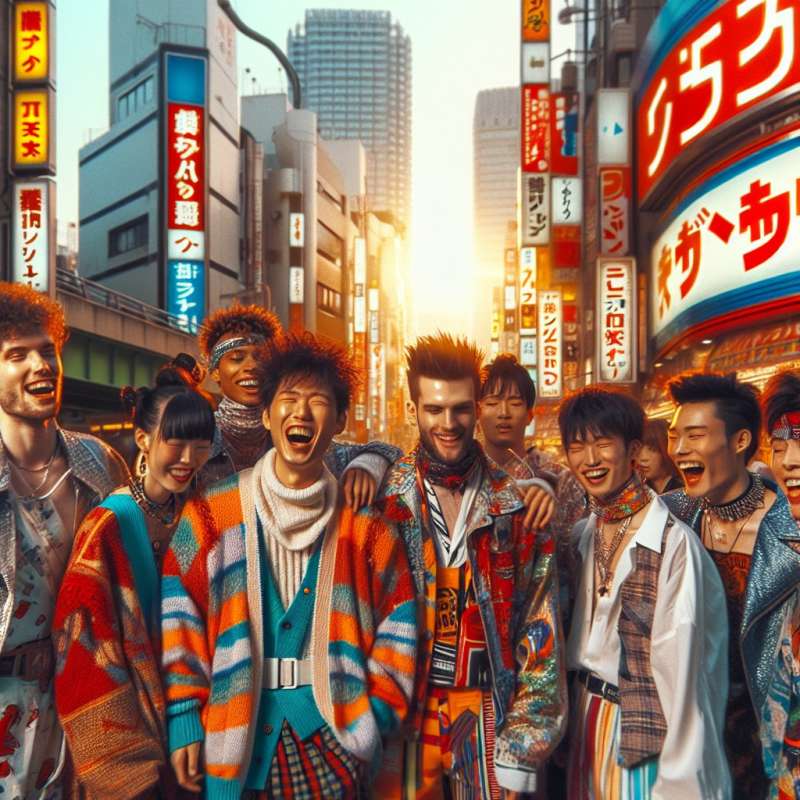
80s Japan Fashion Genesis
The 1980s in Japan marked a remarkable fashion transformation, influenced by economic boom. The 'Bubble Economy' led to exuberant, extravagant fashion trends, reflecting Japan's newfound wealth and consumerism.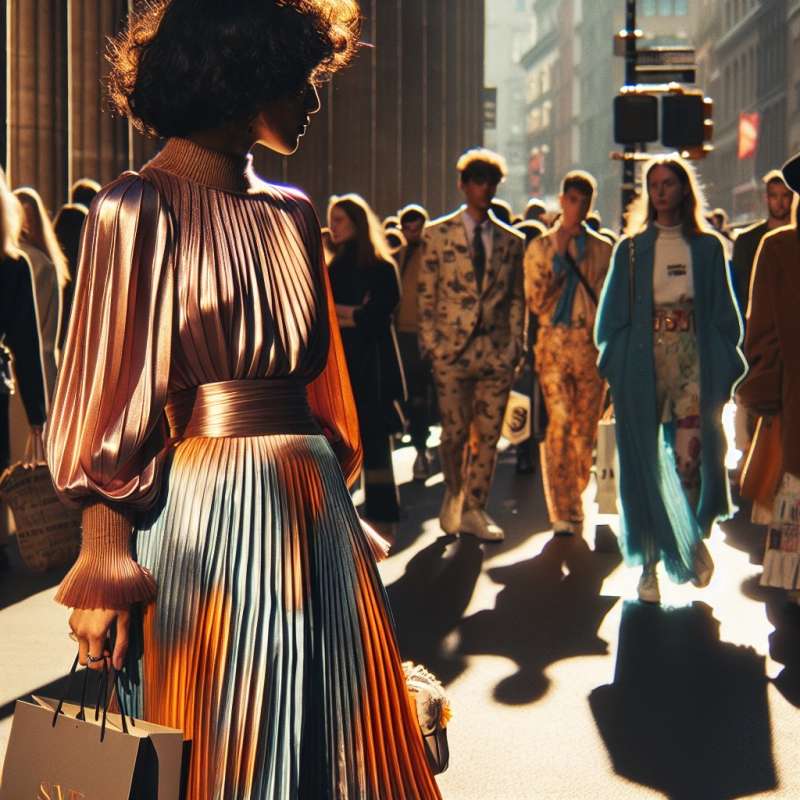
Bubble and Designer Brands
During this period, Japanese youth, flush with disposable income, embraced luxury brands. Designer labels like Comme des Garçons and Issey Miyake rose to prominence, symbolizing status and avant-garde style.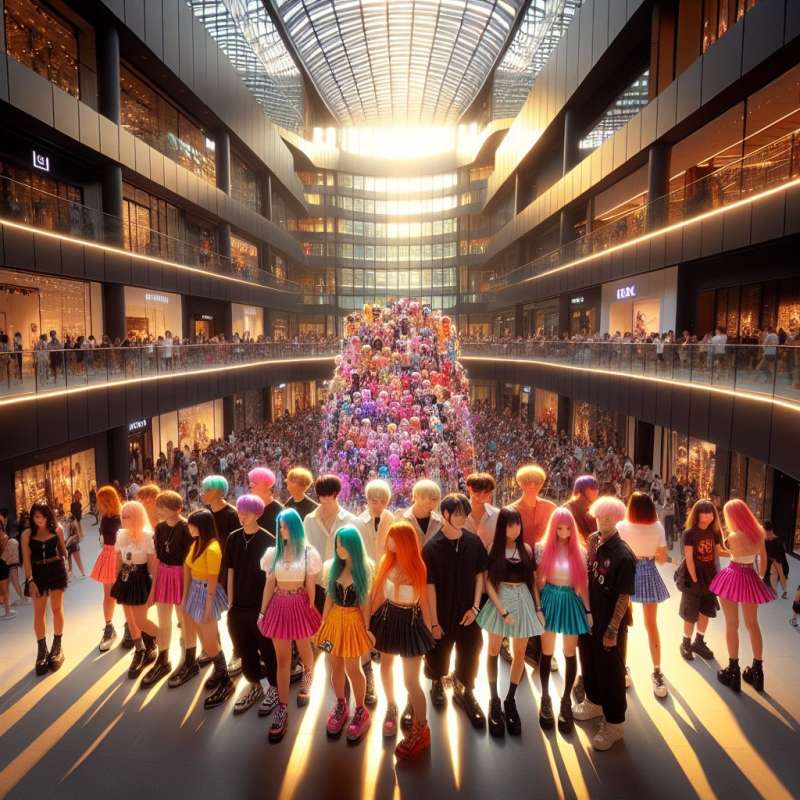
Shibuya 109: Fashion Landmark
Shibuya 109, a Tokyo shopping mall, became synonymous with the latest trends. It was the epicenter of 'gyaru' fashion, characterized by dyed hair, tanned skin, and mini skirts, diverging from traditional aesthetics.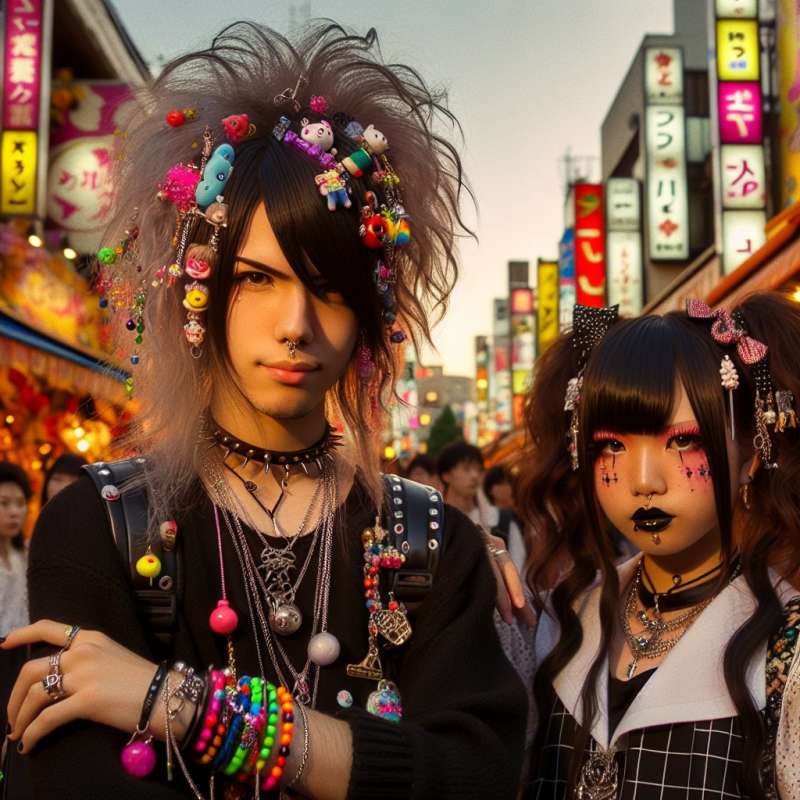
Street Fashion: Harajuku Boom
Harajuku, a district in Tokyo, became a fashion laboratory where youths showcased homemade, eclectic outfits. This creativity birthed styles like 'Decora' with its layers of colorful accessories, and 'Visual Kei', a music-influenced dramatic style.
Iconic Japanese Fashion Subcultures
Fashion subcultures like 'Yankii', inspired by American greasers, and 'Bosozoku', associated with motorcycle gangs, challenged social norms with their rebellious attire, including baggy pants and long coats.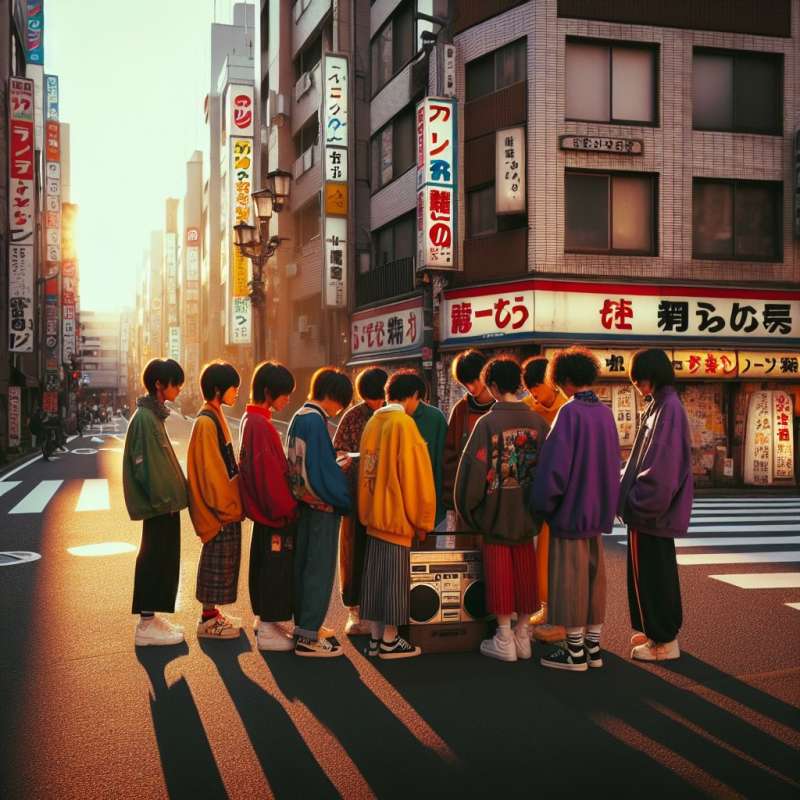
Western Influence and Adaptation
Western music, especially American pop and rock, heavily influenced Japanese fashion. Trends like the 'big silhouette', oversized shirts and jackets, were local adaptations of Western styles, blending with Japanese aesthetics.
Legacy of 80s Fashion Today
Today's fashion draws from the 80s, with brands reissuing vintage designs. Streetwear has seen a resurgence of 80s styles, proving the era's enduring influence on Japan's diverse and dynamic fashion culture.
What influenced 80s Japan's fashion?
Traditional Japanese culture
Economic boom and consumerism
European culinary trends
Company